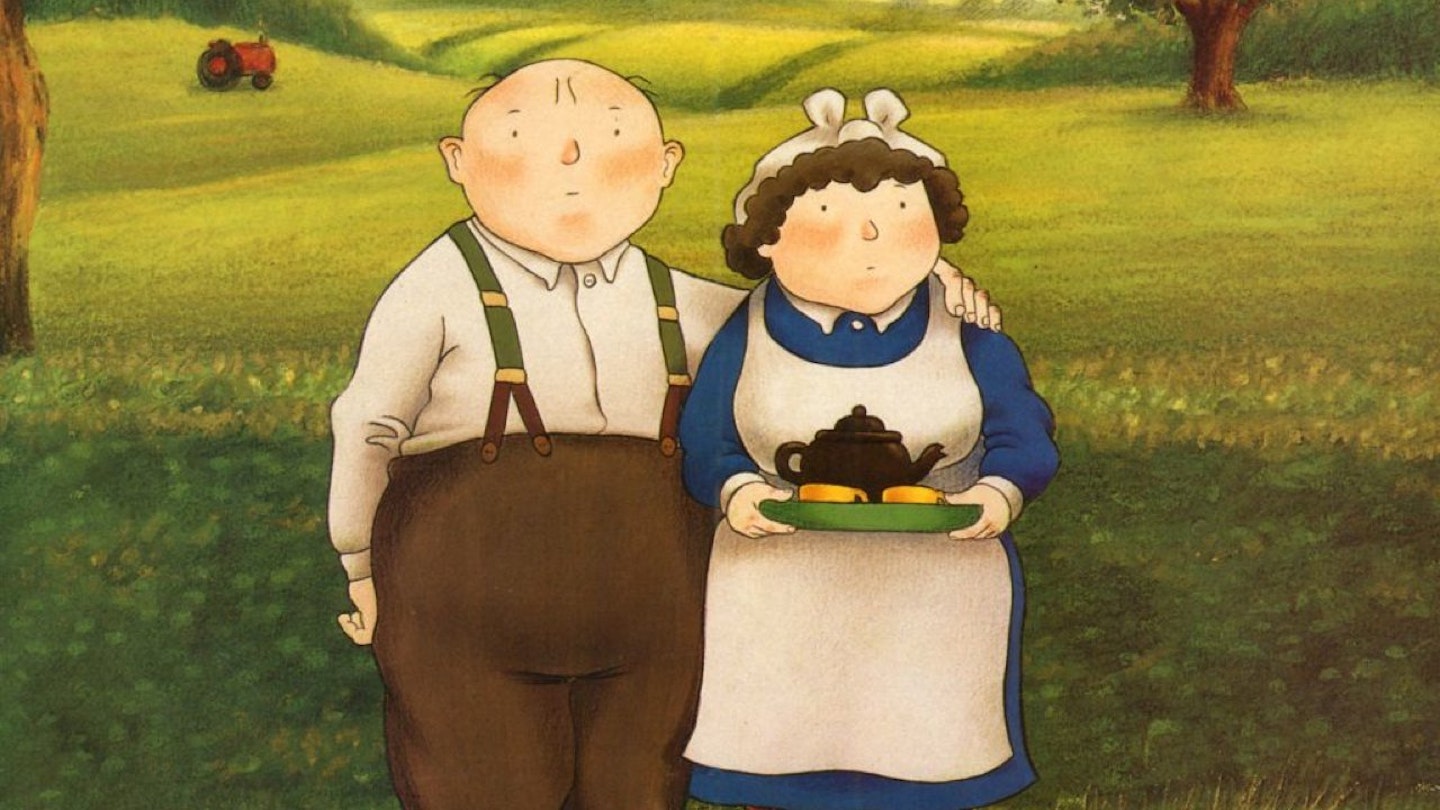Subjects don't come much bigger than total species extinction and in the mid-80s, the imposing shadows thrown by the superpowers' volatile arsenal of nuclear warheads pretty much blackened the entire planet. With last-grip, nerve-stretched lunacies like Mutually Assured Destruction dominating US and Soviet policies, the standoff also had the vinegary whiff of desperate farce about it. War is hell but at least there are winners. In a nuclear conflict, everybody - and everything - loses. One big bang and we all fall down. Or, in the case of When The Wind Blows, fall-out.
While Mick Jackson's telemovie Threads remains the screen's most potent account of mass panic on apocalypse day, this British to-the-frame adaptation of Raymond Briggs' graphic novella is unquestionably the most humane. Say hello and wave goodbye then, to Jim and Hilda, our naive retired home counties couple who, on hearing of an imminent World War III, set about merrily obeying the ridiculous instructions from government protect and survive pamphlets. They whitewash the windows (to shield the radiation), stock up on supplies (a tin of Christmas pudding) and cheerfully anticipate a Blitz-style cosy-up sipping Olvaltine under Anderson shelters.
At first, it plays out like a black comedy - just as the bomb hits, dim Hilda goes to get the washing in - but as the insidious crackle of fall-out settles and the sickness sets in, the movie reveals its true nature: an unbearably intimate, gently accentuated tragedy with a tenacious pacifist streak. Blending 2D cells with 3D modelling, director Jimmy Murakami is technically adventurous but crucially, his connection to Briggs' material is total. In fact, with its working class nuances, droll dialogue and mundane aura , you sense that if Mike Leigh made cartoons, the results wouldn't be too far from this.

